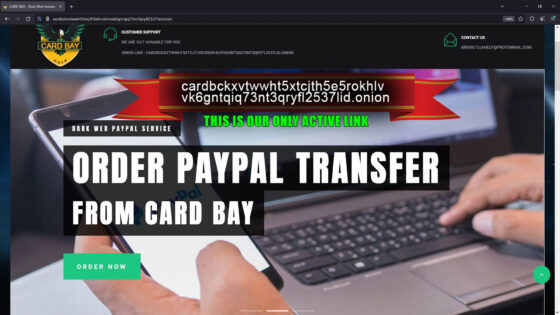In the era of digital connectivity, safeguarding your personal information online is more critical than ever. With cyber threats on the rise, adopting effective strategies and utilizing the right tools is essential to protect yourself from identity theft, financial fraud, and privacy breaches. This article explores practical strategies and tools that empower you to fortify your online presence and keep your personal information secure.
The Landscape of Online Threats
The internet, while offering unprecedented convenience, is also a breeding ground for malicious activities. From phishing scams to data breaches, the threats are diverse and ever-evolving. Understanding the nature of these threats is the first step toward implementing effective protective measures.
1. Phishing Attacks:
Phishing involves tricking individuals into divulging sensitive information by posing as a trustworthy entity. These attacks often come in the form of deceptive emails, messages, or websites.
2. Data Breaches:
Massive data breaches have become commonplace, putting millions of users’ personal information at risk. Attackers target databases of companies and organizations to access sensitive data.
3. Identity Theft:
Identity theft occurs when someone steals your personal information to commit fraud, often for financial gain. This can include opening bank accounts, applying for credit cards, or filing taxes in your name.
Strategies to Safeguard Your Personal Information
1. Use Strong, Unique Passwords:
Creating strong, unique passwords for each online account is a fundamental yet often overlooked practice. Avoid using easily guessable information, and consider using a reputable password manager to generate and store complex passwords securely.
2. Enable Two-Factor Authentication (2FA):
2FA adds an extra layer of security by requiring a second form of verification, such as a code sent to your mobile device, in addition to your password. Enable 2FA wherever possible to enhance your account security.
3. Regularly Monitor Your Financial Accounts:
Keep a close eye on your bank statements, credit card transactions, and other financial accounts. Report any unauthorized or suspicious activities immediately to your financial institution.
4. Be Cautious with Personal Information Sharing:
Avoid oversharing personal details on social media and other online platforms. Cybercriminals often exploit this information for social engineering attacks.
5. Review Privacy Settings:
Regularly review and adjust the privacy settings on your social media accounts and other online platforms. Limit the visibility of your personal information to only those you trust.
6. Educate Yourself About Common Scams:
Stay informed about common online scams and phishing tactics. Be skeptical of unsolicited emails, messages, or requests for personal information, and verify the legitimacy of communications before responding.
7. Use Encrypted Communication Channels:
When sharing sensitive information online, use encrypted communication channels. Look for the “https://” in website URLs and use messaging apps that offer end-to-end encryption.
Tools to Enhance Online Security
1. Password Managers:
Password managers help you generate and store complex passwords securely. They also assist in autofilling passwords, reducing the risk of using the same password across multiple accounts.
2. Virtual Private Network (VPN):
A VPN encrypts your internet connection, enhancing your privacy and security. It is especially useful when connecting to public Wi-Fi networks, protecting your data from potential eavesdroppers.
3. Antivirus and Anti-Malware Software:
Install reputable antivirus and anti-malware software on your devices. These tools help detect and remove malicious software that could compromise your personal information.
4. Secure File Storage and Sharing Services:
Use secure and reputable file storage and sharing services that offer encryption and robust security features. This ensures that your sensitive documents and files remain protected.
5. Biometric Authentication:
Where available, use biometric authentication methods such as fingerprint or facial recognition. These provide an additional layer of security beyond traditional passwords.
6. Encrypted Email Services:
Consider using encrypted email services for sensitive communications. These services use end-to-end encryption to protect the content of your emails from unauthorized access.
7. Identity Monitoring Services:
Subscribe to identity monitoring services that alert you to potential instances of identity theft. These services can provide an early warning system against unauthorized use of your personal information.
Conclusion
In the rapidly evolving digital landscape, safeguarding your personal information requires a proactive and multi-faceted approach. By implementing strong security strategies and leveraging the right tools, you can significantly reduce the risk of falling victim to online threats.
Remember that cybersecurity is an ongoing process, and staying informed about the latest security trends and threats is crucial. Regularly update your software, be cautious with the information you share online, and embrace a security-conscious mindset to navigate the digital world with confidence and peace of mind.















